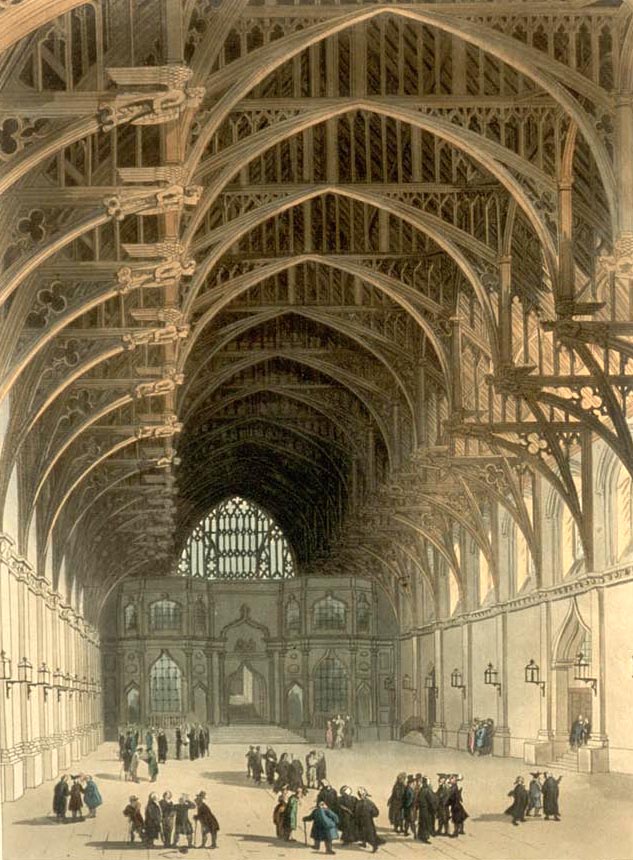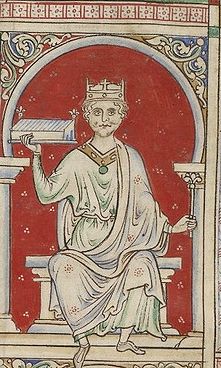Puberty
The amputated Kingdom of Mercia passed under the control of Wessex, the only kingdom strong enough to put up a fight against the fierce Viking invaders who held London. In 886, King Alfred the Great (of Wessex), managed to reoccupy the city that was back in Saxon hands after 15 years of Danish occupation.
King Alfred chose to restore the old fortified settlement that could be protected by the still-standing Roman walls. The ancient walls were repaired and strengthened, while the protective ditch was dug again. Lundenwic was abandoned and remained known as the Baldwin or the old settlement, a name which survives until today as Aldwych.
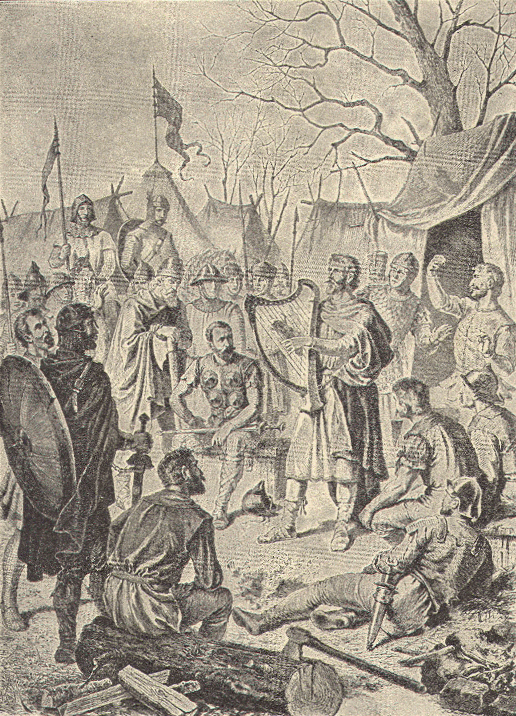
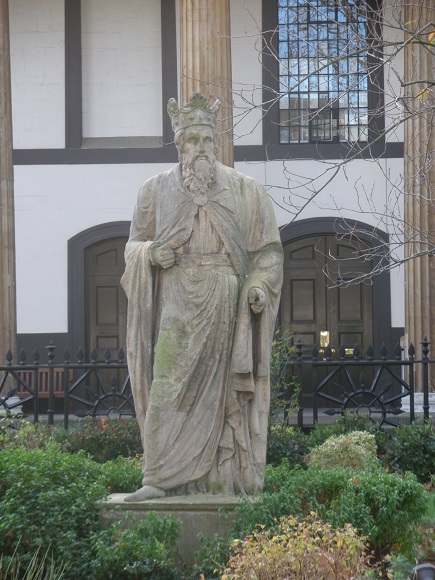
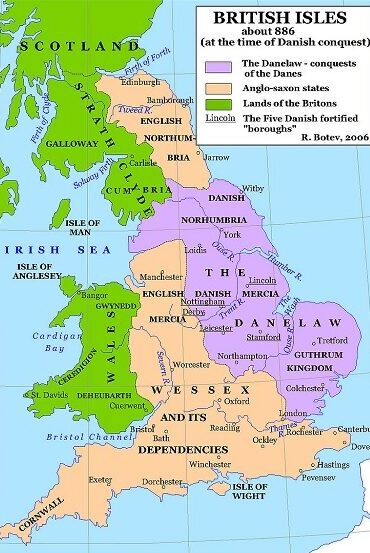
Lundenburgh became one in a series of many (33 in total) city-forts (burghs) in a more or less unified English kingdom under Alfred who entrusted the city to the care of his son-in-law Æhelred of Mercia. The new burgh of Southwark (Southern defensive work in Old English) is built on the south coast of the river, probably to protect a newly erected bridge and hence the re-emerging city of London to the north.

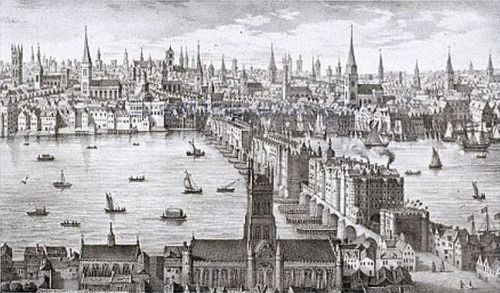
Alfred’s firm military presence & ingenious defense system would manage to repel the Danish threat from London. The city passed under the direct control of Wessex in 911, following Æthelred’s death (Alfred’s son-in-law had been assigned with the care of the city). London’s annexation by the Kingdom of Wessex took place 7 years before the official incorporation of the rest of the Kingdom of Mercia, pointing out the importance of London for Alfred’s successor to the throne of Wessex, Edward the Elder.

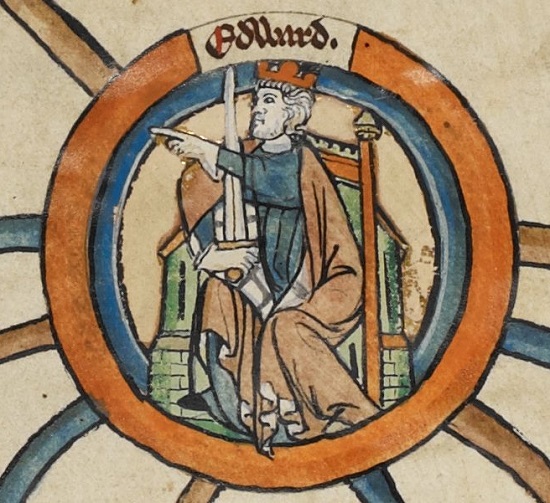
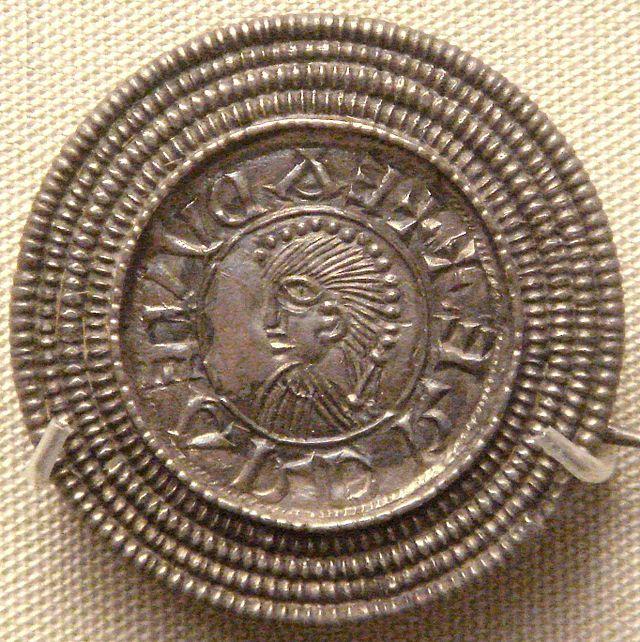
By the 920s, London had managed to resurface as the most important commercial center in England. Eight different moneymakers, English traders and sailors, and German & French craftsmen such as wool weavers & metalworkers were making their living within the re-carved streets of the city. Even after the official unification of all English Kingdoms under Edward’s son and successor Æthelstan (925) and although Winchester was the traditional West Saxon epicenter & thus the capital of the united kingdom, London continued to play an increasingly influential role from a political point of view, with the King holding many Royal councils and issuing many of his laws from London.
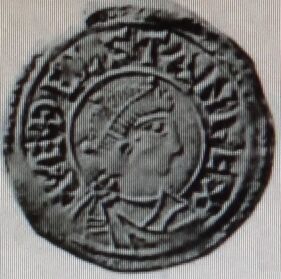
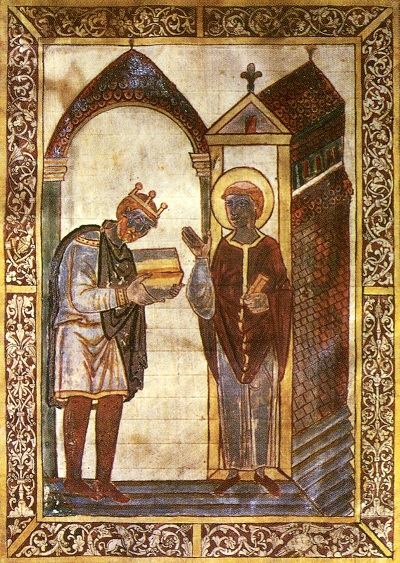

England experienced a period of tranquility under King Edgar the Peaceful who was especially beneficial for London which became the official headquarters of his son King Æthelred II with many of the latter’s coins & laws issued from London. Æthelred II’s reign was marked by his unsuccessful attempt to defend the kingdom against a new set of Danish raids that eventually led to a pogrom against all Danish settlers in 1002.


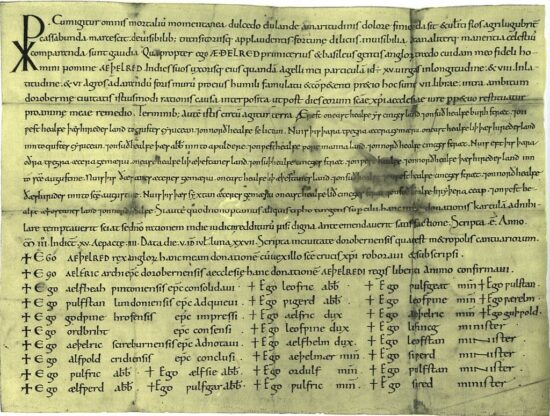
The siege and conquest of London by the avenger Danish King Sweyn Forkbeard in 1013 would make him the first of the Danes to rule the united kingdom of England. Following King Sweyn’s death only a year after his coronation the exiled English King returned & attempted to re-establish his rule only to lose his crown again, this time by King Sweyn’s son, Cnut the Great who became the undisputed ruler of the English Kingdom after Æthelred’s death in 1016.
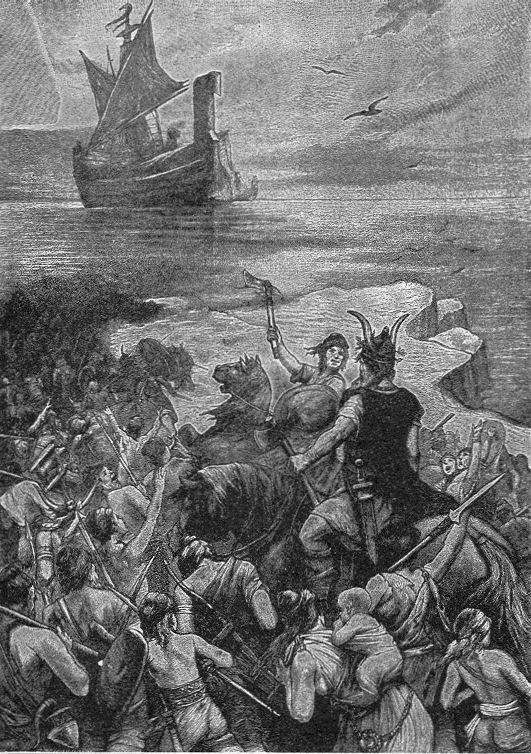
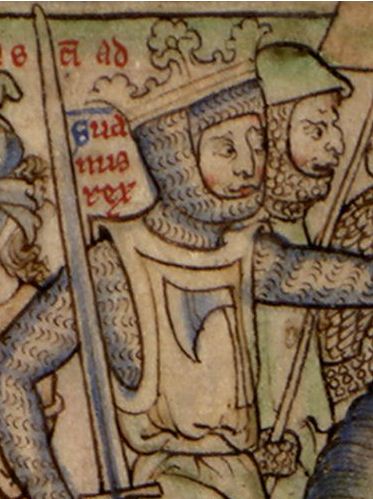
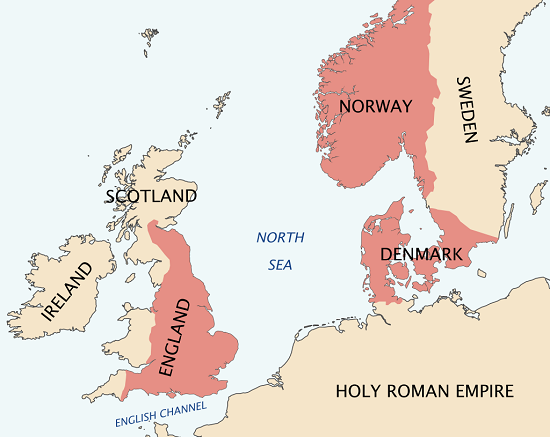
Knut managed to unite the Danes with the Anglo-Saxons on a basis of a cultural and economic partnership and not brutal enforcement. He invited Danish merchants to settle in London, in a move that would help the city build a reputation of tolerance. After Knut’s death, London reverted to Anglo-Saxon control in 1042 under Edward the Confessor, the last of the Wessex line of Kings, who had spent a quarter of a century in exile, mainly in Normandy.
Edward was a devout Christian and was the first Anglo-Saxon and the only king of England to be canonized, and venerated in the Catholic, Anglican, and Eastern Orthodox Church. He’s also the one responsible for the reconstruction of an old Benedictine Abbey that would later become famous as the West-minster, to distinguish it from St.Paul’s Cathedral (the East minster).
At what was then a remote patch of land west of the city, known as Thorney Island, the old abbey was rebuilt in Norman Romanesque style and was dedicated to St. Peter for it to operate as the royal crypt. Edward’s new royal palace was built right next to it. The Abbey was consecrated on 28 of December 1065, only a week before Edward’s death. He was the first to be buried in the new abbey.
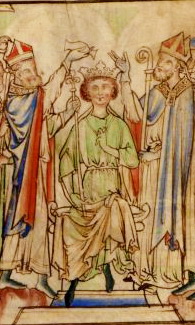


After Edward’s death at the beginning of 1066 and the lack of a clear heir, several contestants laid claim to the throne, between them the powerful Earl of Wessex, the Norwegian King and the King’s relative Duke of Normandy, William the Conqueror, descendant of the Viking Rollo who claimed he had been promised the throne by the late King.
Being the most influential figure after the King, Harold II, Earl of Wessex, managed to gain the support of the noblemen’s council known as Witenagemot (meeting of wise men) which elected him as a successor one day after the king’s death. His coronation was held on that same day in the newly established Westminster Abbey.
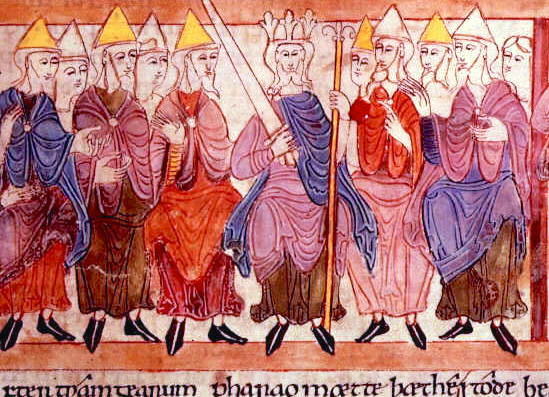
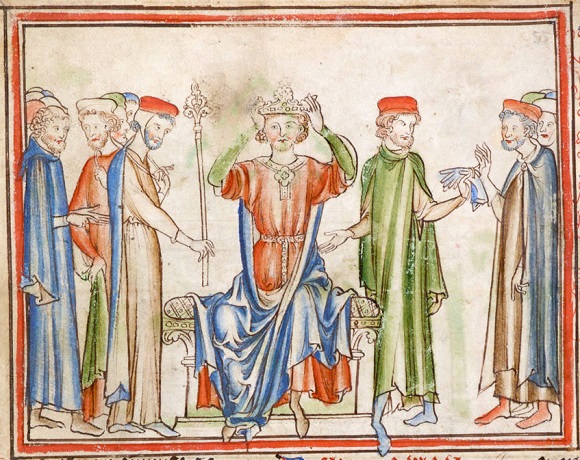
Soon as he heard the news of the coronation, William the Conqueror started to assemble an army & a fleet in Normandy, to invade England. King Harold and his English Earls managed to successfully defend his crown in September of 1066 against the invading armies of the Norman King but they didn’t manage to repeat their success a month later, in the Battle of Hastings which resulted in a Norman victory and the death of King Harold.
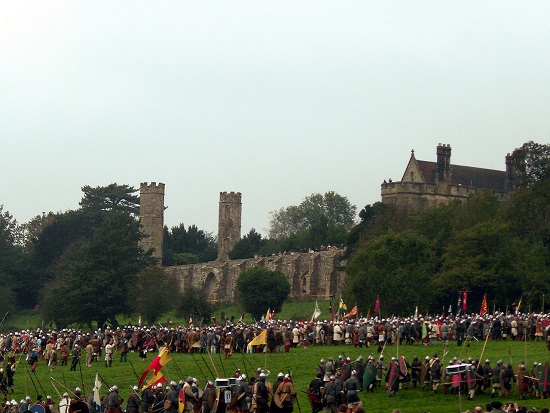
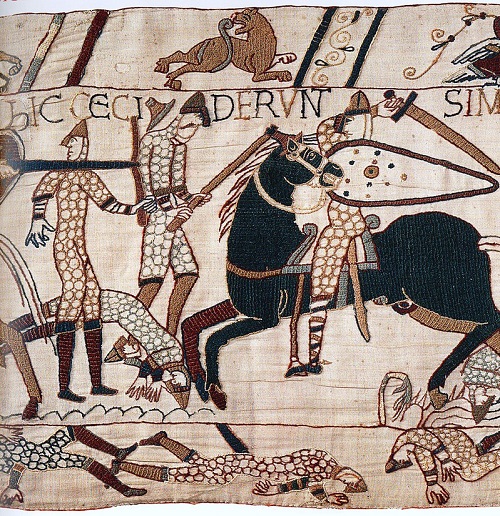
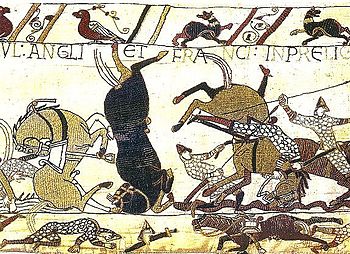
Although William the Conqueror expected submission by the surviving English leaders he would have to subdue them by force in a series of battles around London. On Christmas Day 1066 he was officially crowned king in Westminster Abbey. William started his reign in 1067 by trying to reconcile with Londoners.
He granted them a charter written in Anglo-Saxon, which provided them with all the freedoms of the citizens they had enjoyed in the previous years when at the same time he oversaw the construction of several royal forts along the riverfront of the city, with the White Tower of London being the grandest of all.
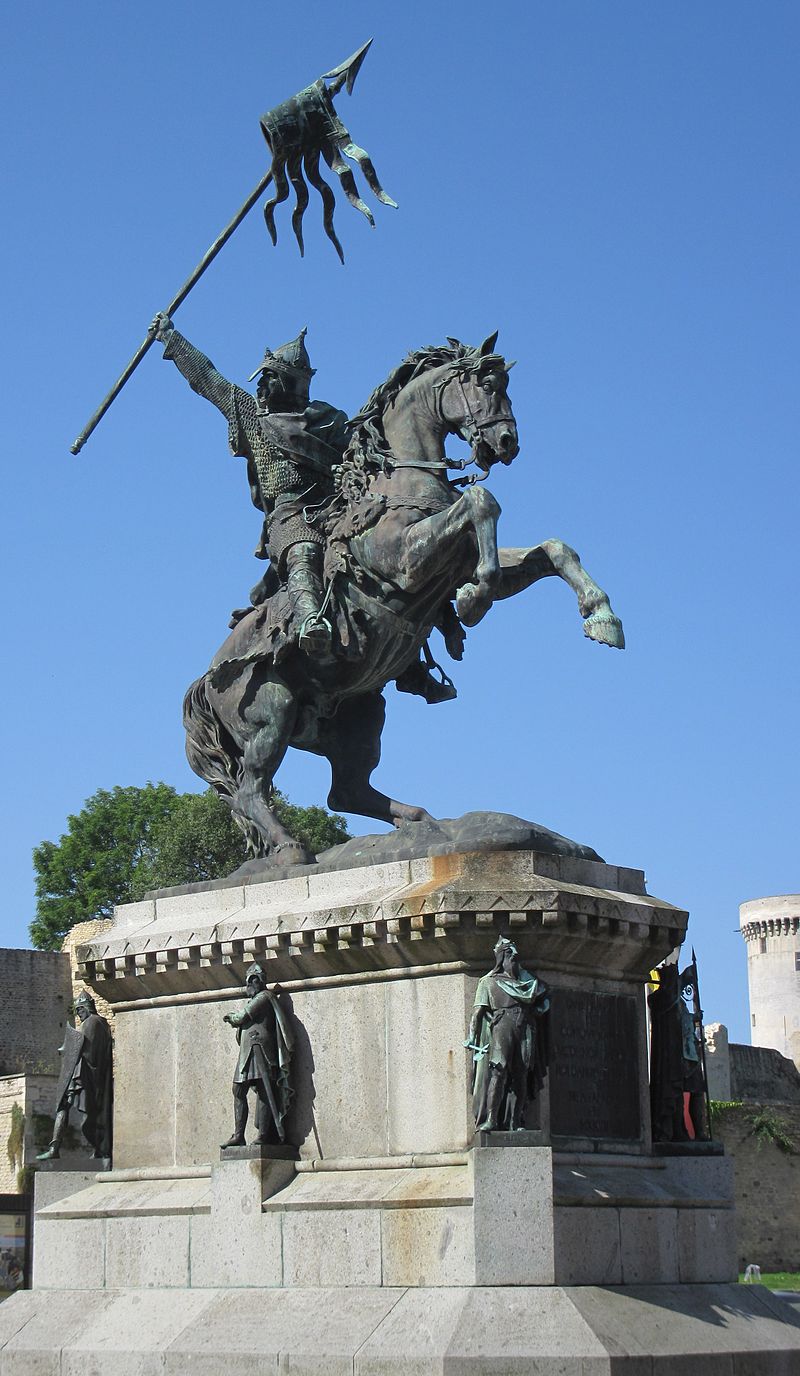
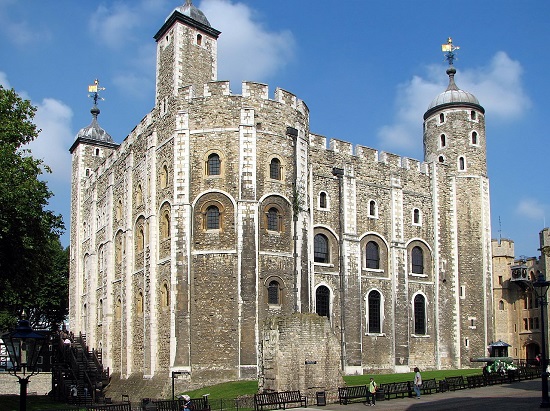
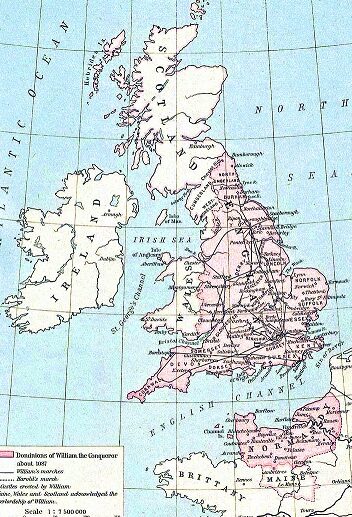
Under the new king’s protection, London prospered and its trade with continental Europe boomed. Its population grew significantly & became even more diversified with the coming of the new Norman settlers. After a great fire that destroyed many of its buildings including the original Tower of London in 1077, William would issue an unpopular decree that all home fires must be extinguished at night, known as cuevrefeu origin of today’s English word curfew.
Despite the new law, ten years later a large part of the city including St.Paul’s Cathedral is destroyed by a new round of fire. After his father died in 1087 William II also known as William Rufus took ascended to the throne of England. He is mainly remembered for the notable construction works during his reign such as the restoration of the Thames Bridge, the commencement of the works in St.Paul’s Cathedral, the rebuilding of the Tower of London in stone but foremost the construction of a great new hall in Westminster Palace, the largest hall in England and possibly in Europe at the time. It instantly became the headquarters of the administrative institutions of the city.
